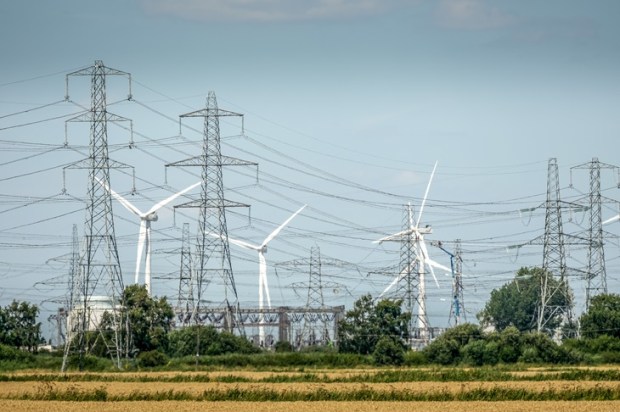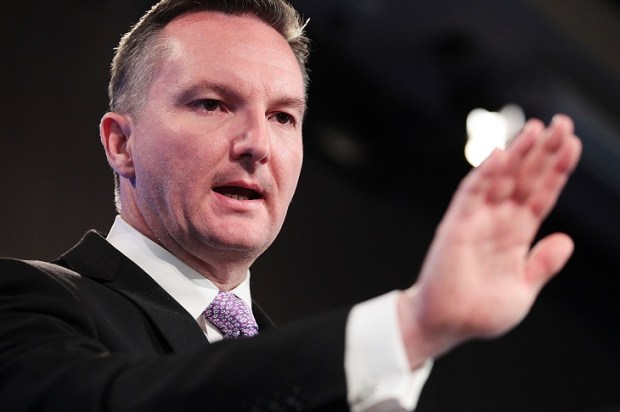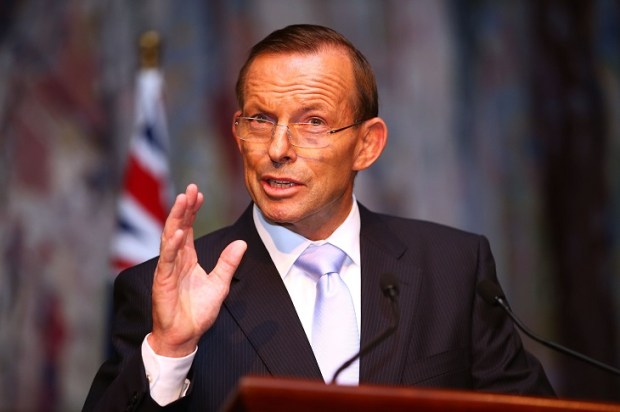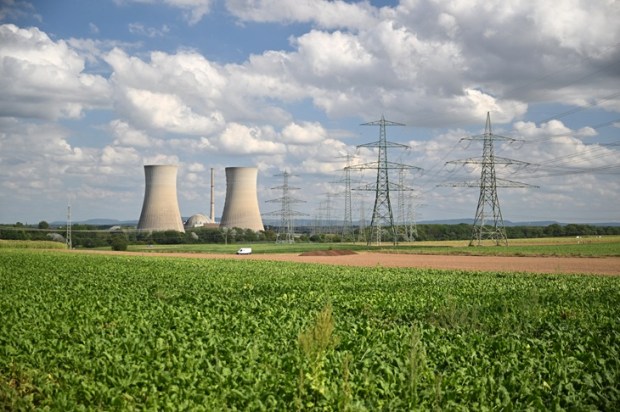Attending an Anzac Day service, I only noticed the fog as it lifted and the sun emerged. In a similar way, the fog of misconceptions and misinformation surrounding energy will only be noticed and appreciated once it lifts, having been burned away by the truth.
The fundamental truth of energy is put succinctly by the anonymous writer Doomberg: energy is life.
In the West, we can no longer take cheap reliable energy for granted. Energy is explicitly and implicitly under attack. Explicitly by making energy more expensive and difficult to obtain; implicitly through misinformation. The latter is slowing down the awakening – that’s the goal – and amongst the many threads of misinformation in use against us, perhaps the greatest is that blanketing the country with wind turbines and solar panels will make electricity cheaper.
We’ve all heard it: ‘Wind and solar are the cheapest forms of new energy!’ It is proclaimed by every Energy Minister, state and federal. In one sense this statement is literally true, making it the perfect smokescreen for obscuring the truth. That truth is that as our electricity systems become dominated by intermittent sources, our electricity bills must go up.
When Groucho Marx said, ‘Who are you going to believe, me or your lying eyes?’ He couldn’t have made a better analogy to describe the clouds of misinformation being blown at us daily. This week, AEMO released its quarterly market report containing all the data and charts you’d expect. Federal Energy Minister Chris Bowen promptly used social media to spread his own version of the truth, that renewables are making electricity cheaper.

Source: Chris Bowen, X
A day later, the Australian Bureau of Statistics noted that before government handouts, electricity prices have increased 17 per cent since June 2023.
Electricity prices have risen 3.9 per cent since the June 2023 quarter. Excluding the Energy Bill Relief Fund rebates, prices would have increased by 17.0 per cent over this period.
Source: ABS, March 2024
Only a fortnight prior, Jeff Dimery, CEO of one of Australia’s largest generator-retailer companies Alinta, told the National Press Club that the electricity sector is seeing low retail margins and crumbling investment. All this while costs are going up and with AEMO expecting massive investments to feed their Integrated System Plan.
How does one differentiate between these contradictory statements? Can they all be true at the same time? As it turns out there is a simple way – ignore them all and look to your electricity bills. Believe your lying eyes!
The Energy Minister’s claims relate to the wholesale electricity market, and specific periods at that. His claim is factual only when comparing average wholesale prices from Q1-2023 with Q1-2024. In a stable market it can be useful to compare the same periods from different years because of the seasonal differences between summer, winter and the shoulder months. But with the upheavals occurring in our system: from coal-fired power stations closing, volatile gas prices, and cool wet summers – these comparisons are weak at best.
AEMO’s report shows average wholesale prices from Q1-2024 increased from the previous quarter but nobody’s talking about that – it doesn’t fit the narrative. Remember, there’s only one correct energy narrative, owned by the UN, IPCC, WEF, the media and every government and celebrity. They’re all to be 100 per cent trusted – infallible. Anybody that questions the accepted narrative with their lying eyes; they’re the problem.
We’ve discussed one of the misinformation techniques used to slow down the awakening – cherry-picking data to claim cheaper wholesale prices while ignoring what’s happening to our retail bills.
Another essential truth often subject to misinformation is that wind and solar projects, supposedly built to conserve the environment, are spread across massive amounts of land. The only people discussing this are those affected by the developments – people like North Queensland nature photographer Steve Nowakowski. The proposed Chalumbin wind farm in North Queensland had its application pulled on environmental grounds, a result largely of grassroots opposition by locals and others concerned about clearing native vegetation and impacts on threatened animals.
Another Queensland wind farm development appeared on the social media pages of Environment Minister Tanya Plibersek. The image was tagged as Mount Hopeful wind farm, situated on a treeless plain amongst agricultural land. In real life, Mount Hopeful wind farm will be developed across the pristine mountains between Rockhampton and Biloela in Central Queensland. As Queensland MP Colin Boyce pointed out, the construction of the wind farm requires the bulldozing and destruction of spectacular forests and mountaintops. No surprise then that our environment minister showed images of treeless agricultural plains instead of remnant forest and mountain ranges.
I’ve written here about two of the largest misconceptions purposely used by proponents of the renewable dogma – renewables reduce bills and are good for the environment. But there are plenty more myths to be aware of. Whether the claim is more jobs, increased energy security, greater popularity, cheaper or better for the environment; none of it stacks up to inspection.
And that’s exactly what’s required. More questions, more people noticing the flaws in the arguments, more television and radio interviews with sceptics and those affected by the unending rollout of wind, solar and transmission projects.
The truth will burn away the fog of misinformation, but it needs your help.
Ben is an electrical engineer in the power and gas sector, and host of The Baseload Podcast.

























